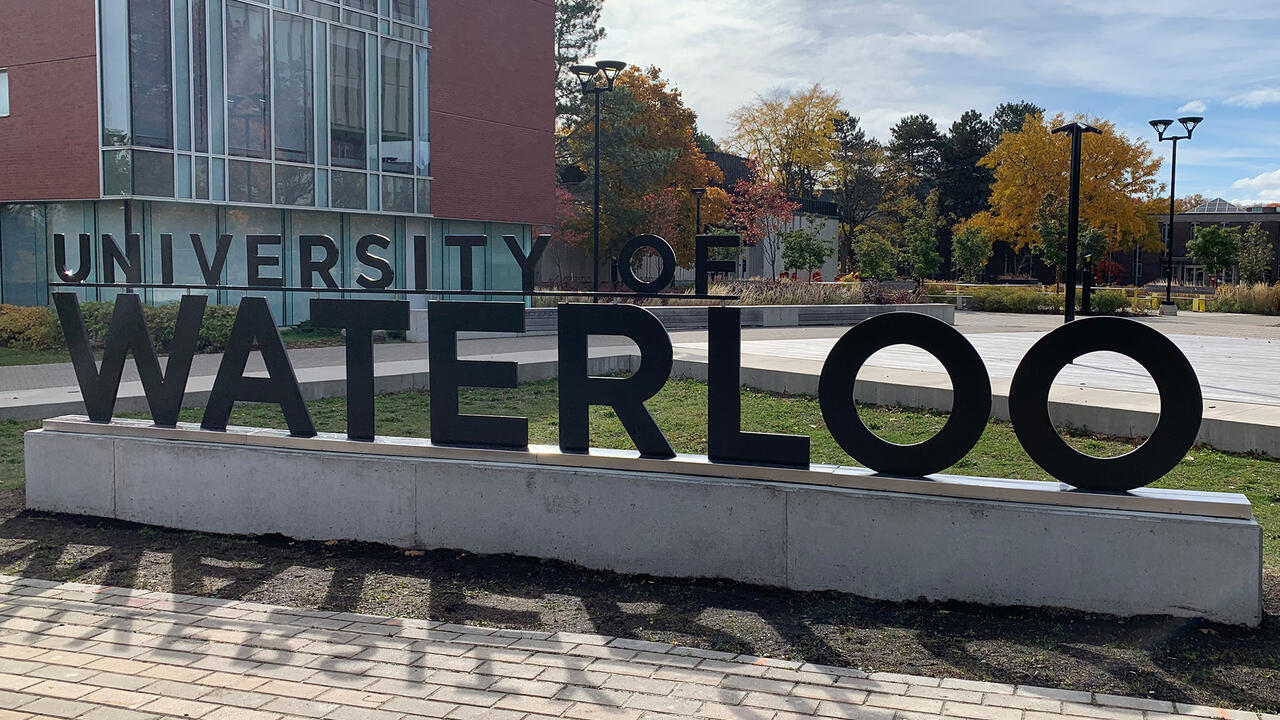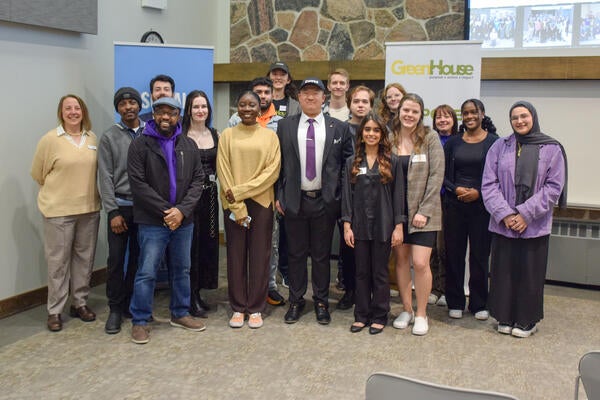Two teams of engineering students at the University of Waterloo have been awarded $50,000 each to turn their fourth-year projects into startup companies after graduation.
The funding is provided by celebrated Waterloo Engineering graduates Chamath Palihapitiya and his wife Brigette Lau, founders of Social Capital, a Silicon Valley venture capital fund dedicated to solving some of the world’s most difficult problems.
Established in 2014, the Palihapitiya/Lau Venture Creation Fund at Waterloo backs students with promising Capstone Design projects who want to try to commercialize their ideas post-graduation.
Announced today, this year’s winning projects involve concepts for an endoscope for use in arteries and a much smaller, lighter device for people requiring portable oxygen therapy.
The endoscope – called SWIRVE, an acronym for short wave infrared vascular endoscope – is the brainchild of mechanical engineering students Phil Cooper, 22, of Pembroke, Ontario, and Michael Phillips, 22, of Sussex, New Brunswick, who plan to call their startup Vena Medical.
They are developing a system involving a fibre optic bundle and infrared light that would allow surgeons to see inside arteries while positioning catheters for interventional procedures. Capable of seeing through blood, it would replace the two-dimensional x-ray images now used to snake guidewires through arteries.
“Navigation is our objective,” said Phillips. “We want doctors to be in the right spot.”
The other project is the work of nanotechnology engineering students Mostafa Saquib, 21, of Kitchener, John Grousopoulos, 22, of Kitchener, and Chris Hajduk, 22, of Guelph. Pablo Enrique was also a member of the student team, but will not be part of the startup, which is called VivaSpire.
It seeks to replace heavy, bulky devices to supply oxygen to people with conditions including chronic pulmonary obstructive disease, cystic fibrosis and lung cancer when they leave home.
Its secret sauce is a nanoscale powder (a nanometre is one billionth of a metre) that absorbs oxygen from unpressurized air and releases it again when heated, eliminating the need for heavy compressors and batteries to power them.
In the short term, VivaSpire hopes to produce much lighter, longer-lasting devices. Ultimately, the goal is a thin, flexible device patients could wear like clothing.
“We want to give people their freedom back if they’re in need of oxygen therapy,” said Saquib.
To be eligible for support from the fund, Waterloo Engineering teams must commit to working full-time on commercialization of their student projects in Waterloo Region for at least four months after graduation.]








